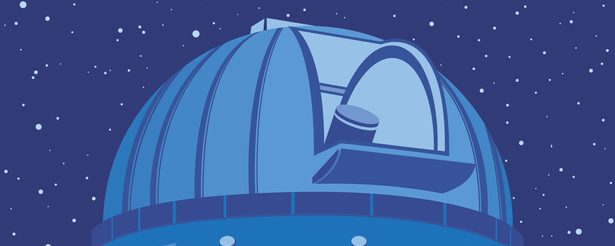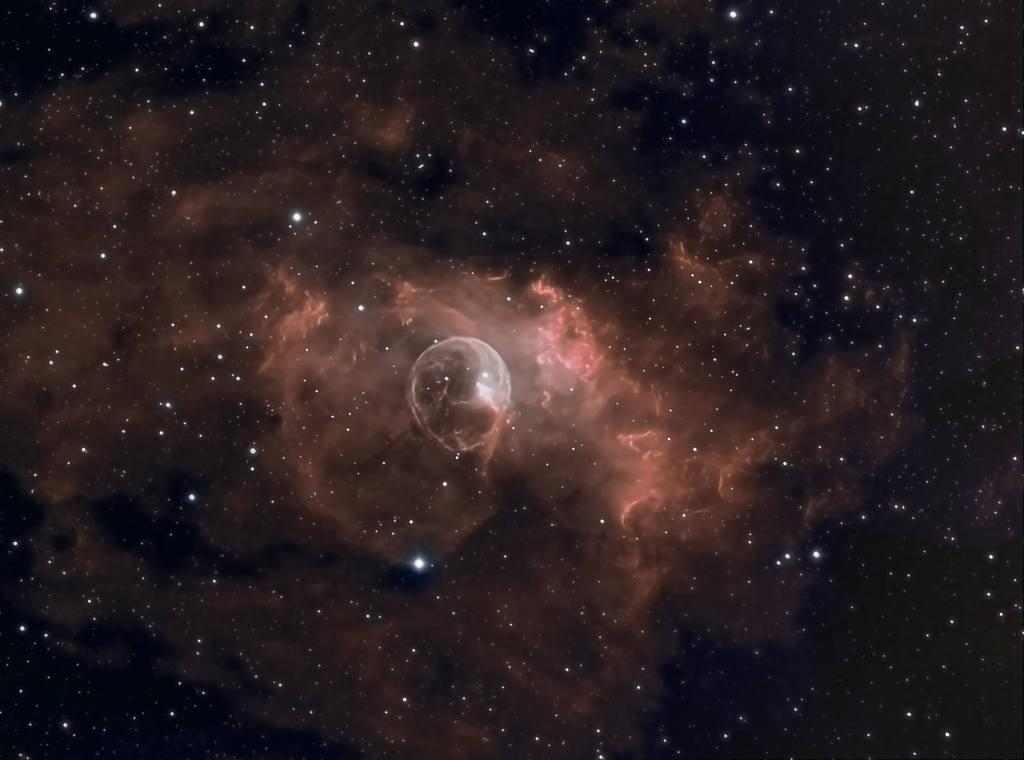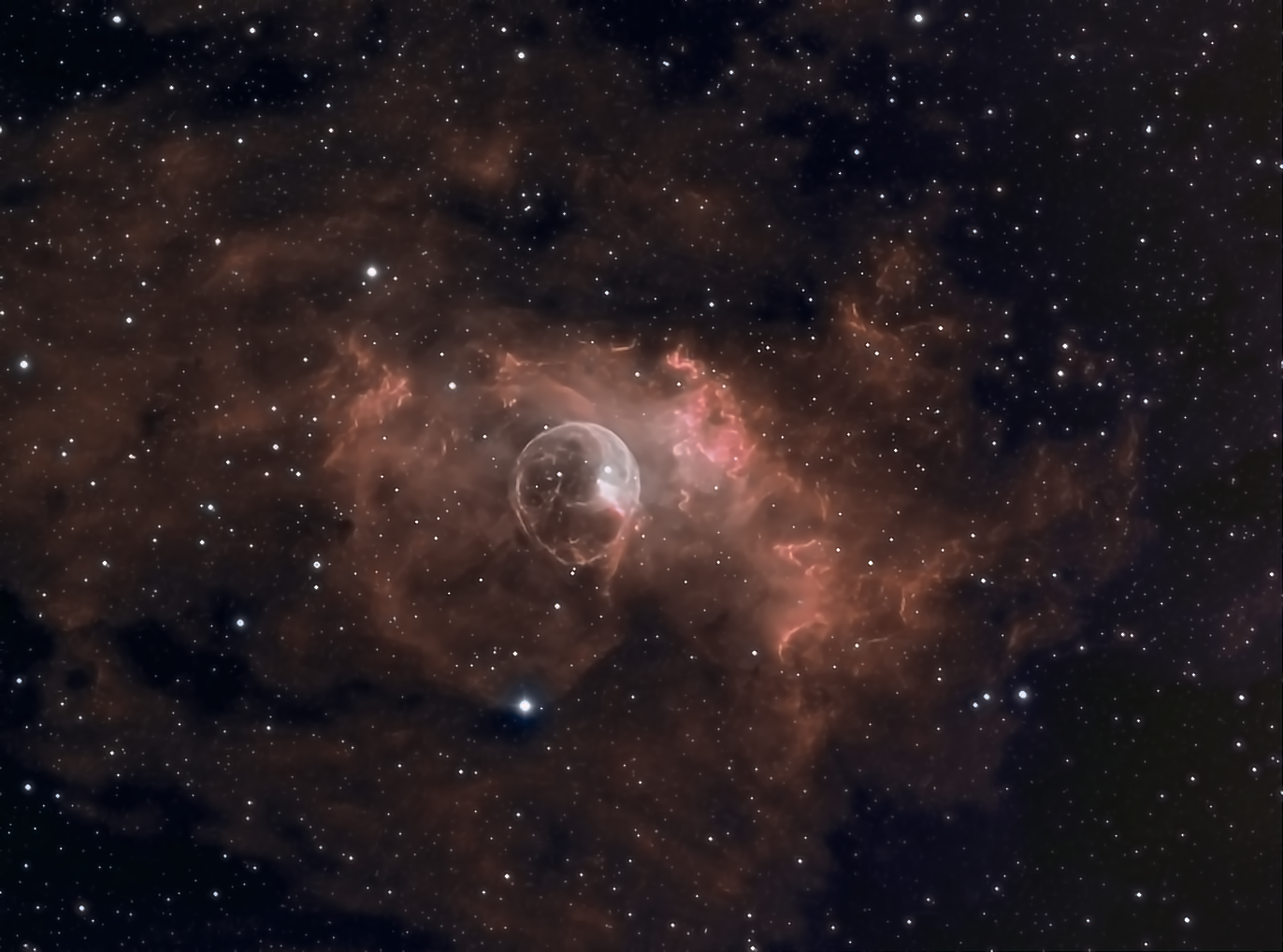
Similar Posts
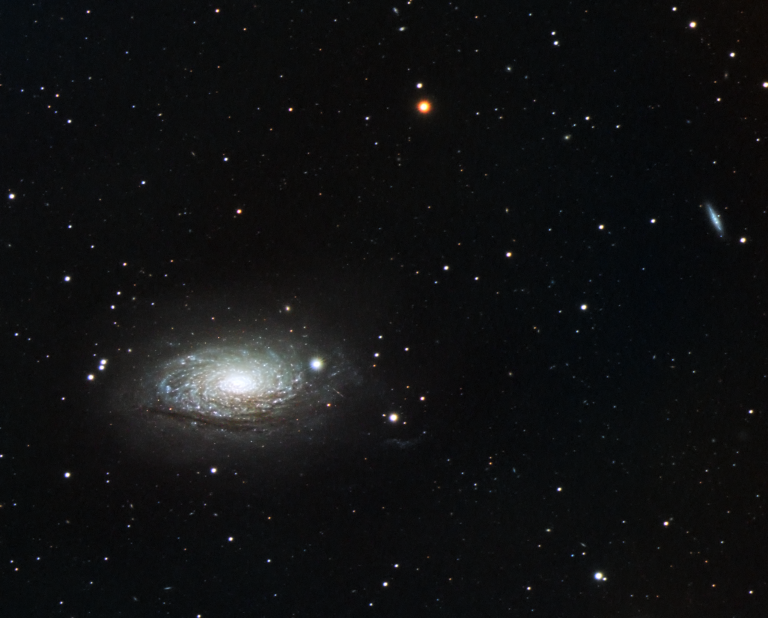
A Cosmic Sunflower
Last night I revisited M63, the Sunflower Galaxy. More formally M63, the Sunflower Galaxy is about 25 million light-years away. It’s about the same size as our Milky Way, but is classified as a “flocculent spiral” galaxy due to its poorly defined spiral arms. The more distant edge-on spiral galaxy on the right doesn’t show…
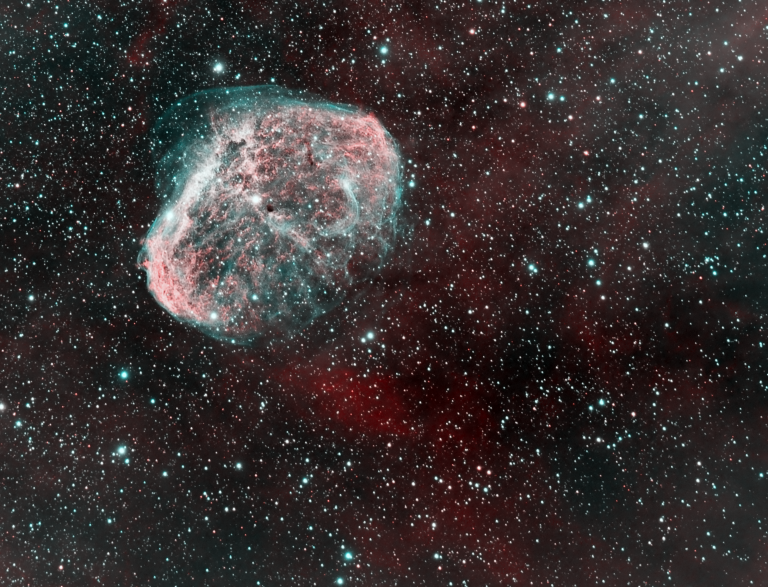
Revisiting the Crescent Nebula
I’ve imaged this one before, but for whatever reason I picked up way more detail on it last night. Part of it’s a better camera and better tracking on the telescope mount, but I think conditions may have just been really awesome last night. It’s not normal to have this many good nights for astrophotography…
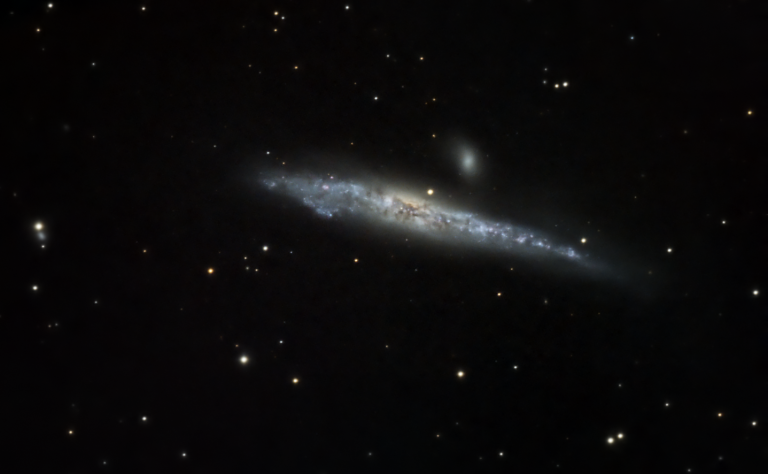
The Whale and the Hockey Stick
It’s not the title of a children’s story – it’s a pair of galaxies 30 million light-years away that look like, well, a whale and a hockey stick. Officially their names are NGC 4631 and NGC 4656.
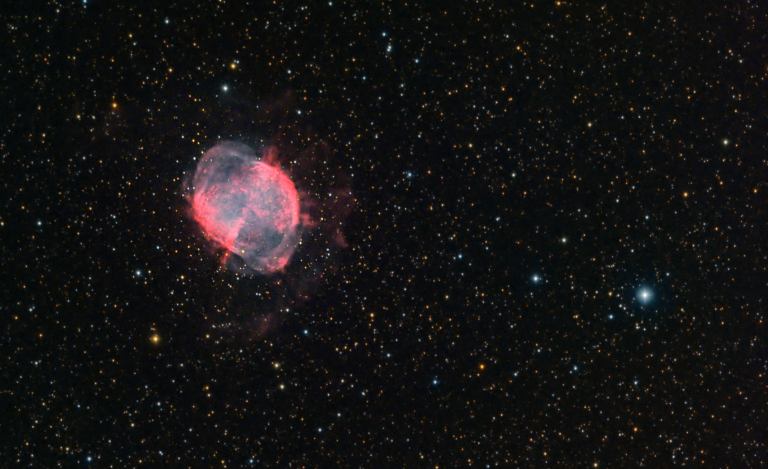
The Dumbbell Nebula
The Dumbbell Nebula (M27) is what’s called a planetary nebula – but it has nothing to do with a planet. This shell of gas was blown out by a dying star; once it started to run out of Hydrogen to burn, it expanded and blew out the gases you see here. The star then collapsed…

Mars Fever
The amateur astronomy community is pretty excited at Mars lately – it’s nearing its closest approach to Earth right now, and this one’s even closer than usual. That means some of the best viewing and imaging opportunities for the Red Planet you’ll ever get. When the skies clear and the atmosphere is still, it’s an…
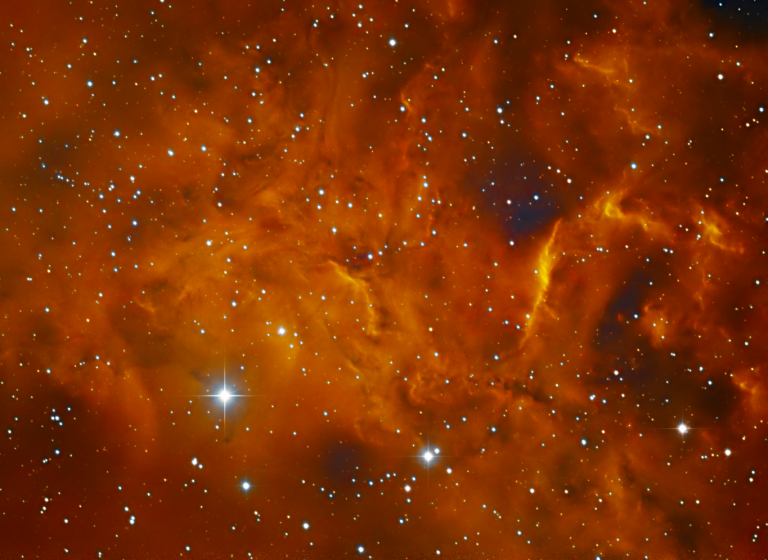
Flaming Star Nebula
Imaged in narrowband filters from my suburban driveway. This object lives up to its name with the right color mappings!
